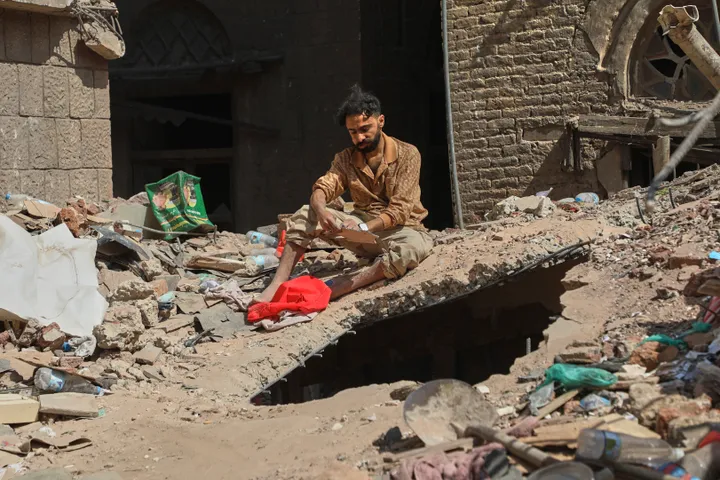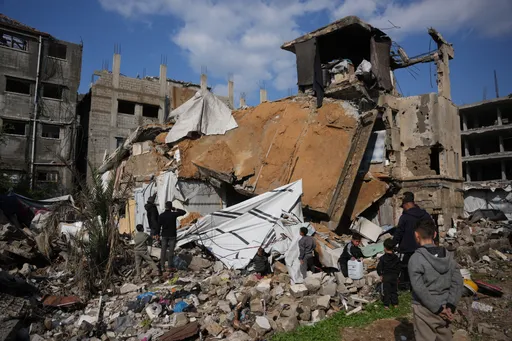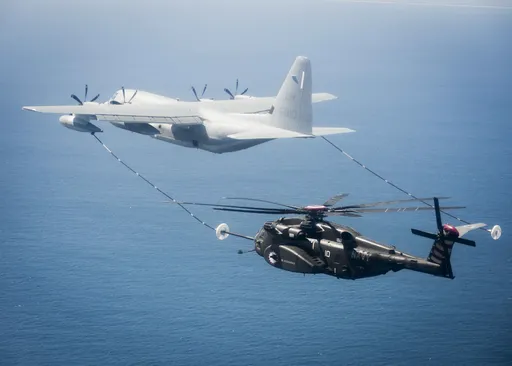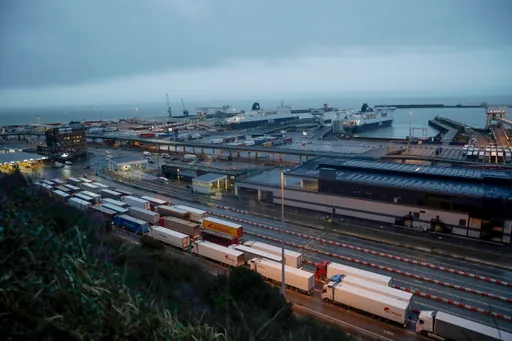Over less than two weeks, the Taliban mounted a blitzkrieg and seized control of virtually all of Afghanistan, including the capital, Kabul. The announcement of the restoration of its “Islamic emirate” is imminent.
While the Taliban’s seizure of power is a testament to its political and military strategic prowess, governing Afghanistan is an altogether different challenge. Ruling Afghanistan will require the militant group to make a meaningful break with the past and embrace real ethnic and ideological inclusion.
The past is prologue
The speed of the Taliban offensive is surprising to all, including the Taliban itself. But the means of its success are familiar. The Taliban took a page out of the playbook it used to seize control of Afghanistan for the first time in 1995, including cash payments and promises of clemency to gain the surrender or defection of local power brokers and armed forces. And once again, as it seized province by province, it captured its enemy’s military hardware, growing its arsenal.
Side-switching is a feature of conflict dynamics in Afghanistan. Local power brokers, as well as high-level elites, make opportunistic partnerships, tending to ally with the strong horse. That was the case in 1995 when the Taliban first seized power, in 2001 when the United States brought down the first Taliban regime, and in 2021, as US and coalition forces began their final withdrawal.
An unnamed US intelligence official told the Washington Post that “some provincial Afghan officials probably cut deals with the Taliban weeks ago.” Some speculate that such arrangements go back even further.
Yet again, local norms and traditions prevailed over foreign-generated regimes. The Western-style security forces quickly disassembled. And the Taliban secured a swift political transition on their own terms, using direct, local outreach instead of following one of the many Western think tank blueprints based on the “Colombia model.”
The Afghan war has to some extent been a war between feuding cousins. And with the outsiders gone, the “family” is coming toward a settlement from within. Whether it sticks is another story. But, for now, a new order is in place.
A rotten ‘republic’
The Taliban quickly overwhelmed a skeletal Afghan “state” that was cannibalised by the country’s predatory elite. According to the Wall Street Journal, Taliban commanders gave pocket money to surrendering Afghan soldiers who hadn’t been paid in months.
Even as the US was withdrawing, Afghan government officials were pocketing some of the hundreds of millions of dollars provided by Washington for the salaries of real soldiers as well as the “ghost” ones too. Propped up by foreign aid, the Afghan government ultimately served as an ATM for the country’s corrupt elite, many or most of whom have since fled.
Behind the swift Taliban victory is years of preparation. The insurgency’s territorial control grew amid the US presence. It withstood the Obama-era military surge, built a presence in all corners of the country by the end of US combat operations in 2014, and then proceeded to eat up the countryside, prepositioning itself for the current blitz.
The pace of the Taliban victory was not inevitable; Afghan security forces were superior in manpower and firepower. But successive political crises, paved in large part by the former President Ashraf Ghani’s machinations, including two rigged presidential elections, destroyed the elite consensus that emerged in Afghanistan after the Bonn peace talks in 2001 and prevented anti-Taliban power brokers from forging a consolidated political-military bloc.
Instead of consolidating national unity, since 2014, Ghani played rival Afghan warlords against one another, alternating between embracing and sidelining them. Ghani could play these games under an American umbrella, but once that umbrella was gone, his men proved to be too weakened to defend against the Taliban storm. The writing was on the wall, but Ghani — blinded by hubris — could not see it until the very end.
Need for inclusion
This second Taliban regime has the potential to be more enduring than the previous one: the Taliban controls more territory today than it did even before the US invasion in 2001, and a truncated pocket of resistance appears to exist in Panjshir. Despite taking power by force, the Taliban government could see global recognition.
In an interview with CNN on Sunday, US Secretary of State Antony Blinken identified two prerequisites for Taliban recognition, stating that a “future Afghan government that upholds the basic rights of its people and that doesn’t harbour terrorists is a government that we can work with and recognise.”
Afghanistan after the Soviet invasion, however, has seen regimes come and go. Instability has proven to be an enduring feature, given rampant lawlessness, foreign interference and factional violence. To maintain its hold on power, the predominantly Pashtun Taliban will have to include other ethnic, regional and sectarian power brokers into the political fold and address the population’s economic and security needs.
When the Taliban last came to power, the group essentially imposed a hybrid of conservative, rural southern Pashtun culture and a harsh view of Sunni Islam on a multi-ethnic society that is culturally and religiously diverse.
The regional gaps in Afghanistan, somewhat tied to ethnicity, have grown even more stark in the past two decades. For example, of the registered voters in the 2019 presidential elections in the southern Uruzgan province, only five percent were women. Yet in some northern Afghan provinces, women made up almost half, and in some cases, a majority, of registered voters.
The Taliban have suggested that it has been amenable to what might amount to a Taliban-dominated minus-Ghani political solution. And in the end, it is likely that in the emerging political dispensation the Taliban will be more insistent on imposing its view of shariah than maintaining complete hegemony over power.
But if the Taliban repeats the mistakes of the past — both its own and those of other rulers like Ghani — and insist on the centralisation of power, it will encounter resistance from within, particularly from non-Pashtuns, especially if Afghanistan’s economy continues to unravel.
The Taliban may have what it takes to administer order in rural Afghanistan, but urban Afghanistan — and the Afghan state itself — can only thrive through connectivity with the outside world, in terms of aid, trade, interactions and ideas.
The Taliban will need to do more than co-opt civil servants and politicians outside of its political fold. It will have to compromise on both the formal distribution of power and recognise that it does not have a monopoly on defining what constitutes an Islamic government.
With the return of the Taliban to Kabul, Afghanistan has come full circle. As grim as the country’s outlook is, there remains an opportunity to break with the past if the Taliban chooses the path of ethnic and religious inclusion and enable girls and women to remain active in the public domain.
No society can thrive in the modern era if women are locked within the confines of their homes. If the Taliban chooses to repeat the mistakes of the past, this will just be another stage in an unending civil war in Asia’s poorest country.
























